


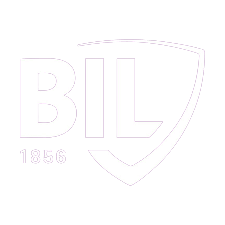












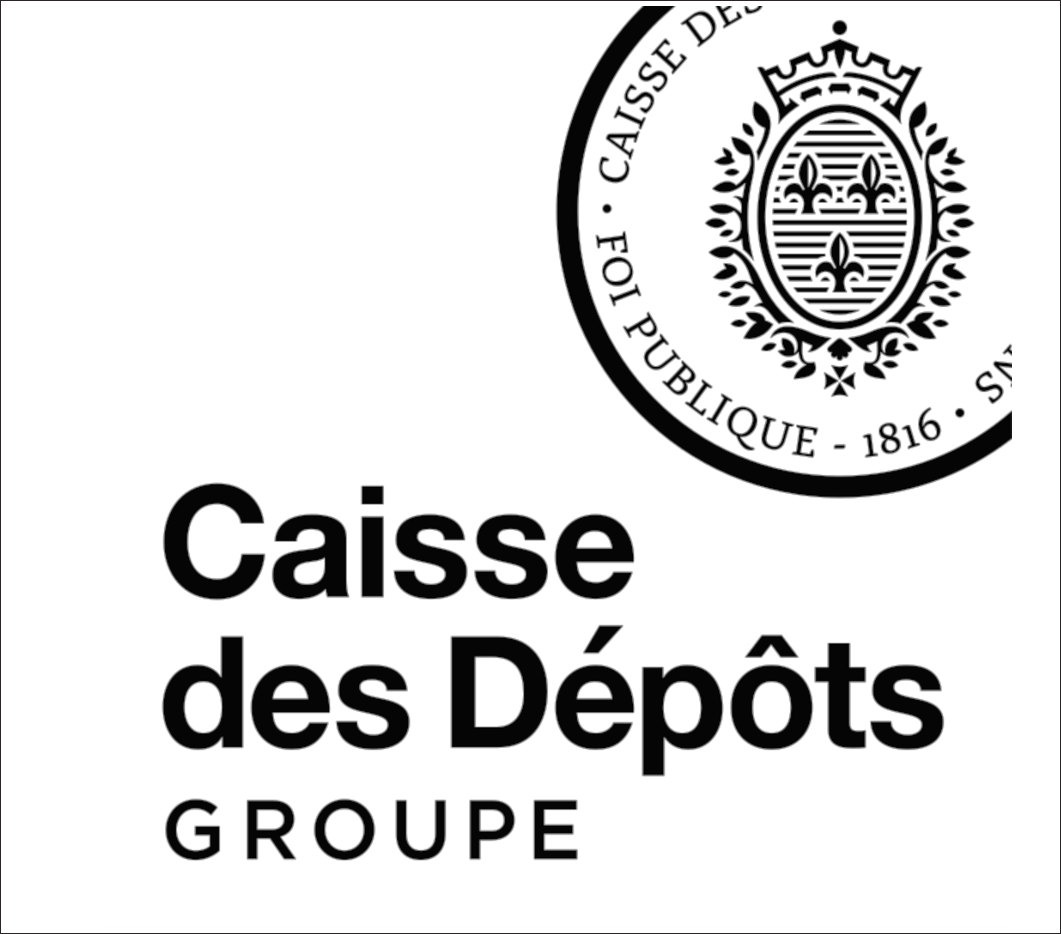
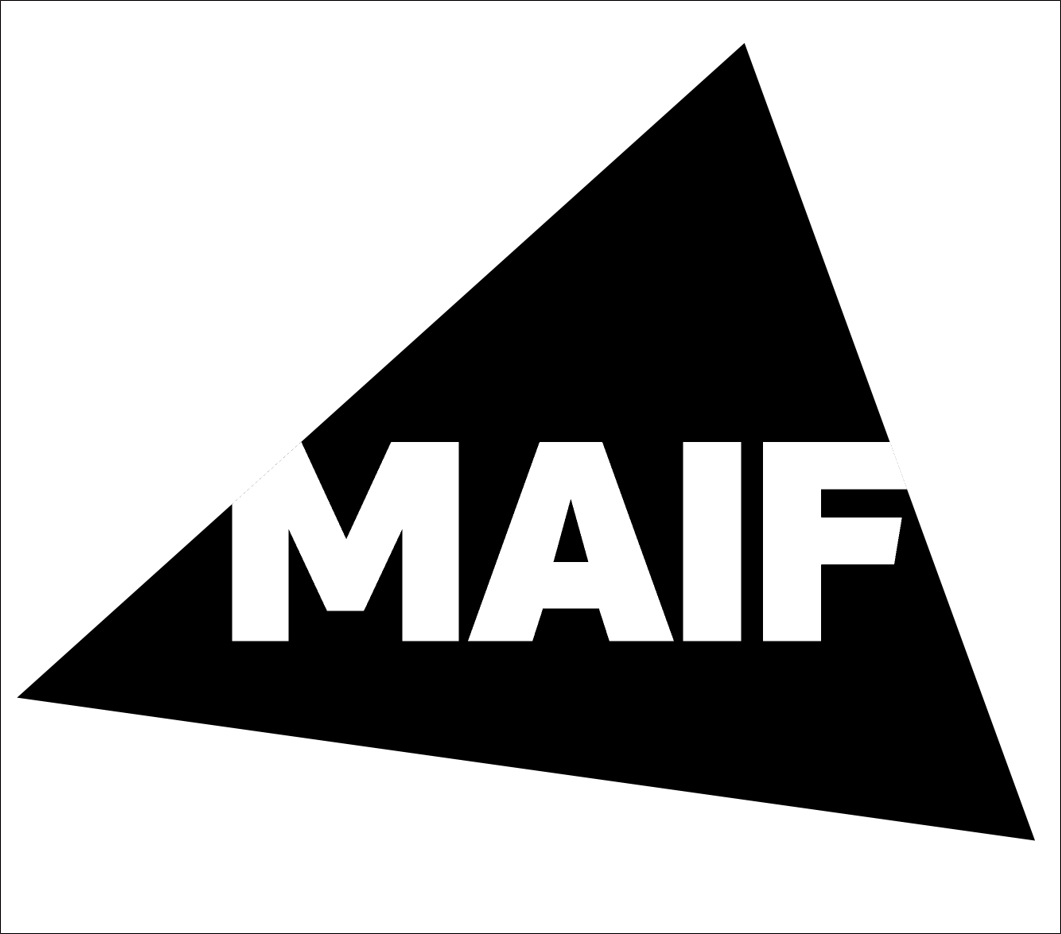






















































The collected metadata is automatically pushed to the {openAudit} Cloud process server to be parsed. Data usage logs can be anonymized.
All metadata is parsed at the delta so that analyses are performed daily, as close to the reality of the Information System as possible.
All potential disruptions (semantic layers, FTP transfers, views, dynamic procedures, etc.) are handled through structural reconciliations, log captures, etc., for a complete representation of the flows.
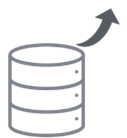
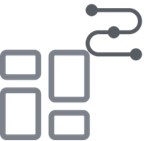
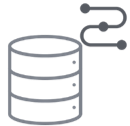
DataFlows (procedural code & code): SQL, vues SQL, Cobol, PL/SQL, T-SQL, PostgreSQL, Bteq, Big Query, Java, Perl, etc. || DataFlows (ETL/ELT): SAP BODS, IBM DataStage, OpenText Genio, Informatica PowerCenter, Microsoft SSIS, Talend, Oracle Data Integrator (ODI), Stambia, AB Initio, etc. || DataViz : SAP BO, Microsoft SSRS, Microsoft SSAS, Power BI, Qlik Sense, GCP Looker, IBM Cognos, etc.
Ellipsys has been developing numerous parsers for a long time and is capable of developing new ones in record time. Furthermore, cloud technologies make extensive use of SQL and its derivatives. And we have genuine expertise in SQL, SQL views, nested views, as well as a range of methods for handling dynamic procedures, triggers, FTP transfers, etc., that is, everything that can cause disruptions in data flows.
{openAudit} will add log analysis to the data lineage, to know who consumed the data, when and how (which corresponds to the uses of the data). The generated audit logs contain all SQL queries executed on the database, whether by programs or users. These queries may contain "sensitive" information such as customer names, user numbers, etc. To be exhaustive, all integers, floats and strings present in queries are hidden. We do not have access to the cartography table.
The databases of {openAudit}, which allow us to build our responses on the web interfaces, are systematically made available to clients so that they can build responses beyond those that we offer. Typically, some of our clients have "connected" PowerBI or Qlik in order to perform additional analyses. We provide numerous SQL queries that are the result of our past interactions with our clients and that allow for countless analyses.
Yes. We have a number of banking customers who refuse to push their data outside. We install {openAudit} on VMs at home. Ideally, we need VPN access to be able to carry out maintenance corrective action, or version upgrades. You can also create a secure airlock with a Citadelle server.
Our Proofs of Concept (PoCs) are never free, as the setup is time-consuming and its value is significant. PoCs consist of a single scan of the perimeter that the client wishes to analyze. Unlike PoCs, licenses allow for daily scans so that the results of the {openAudit} analyses accurately reflect the reality of the system. The analyses are performed using delta processing ("Change Data Capture") to ensure the scans are as lightweight as possible. The price of multi-year licenses depends directly on the number of technologies involved (DataFlows and DataViz), as well as the data volumes. We offer a wide range of access options, always sufficient for the client's needs.